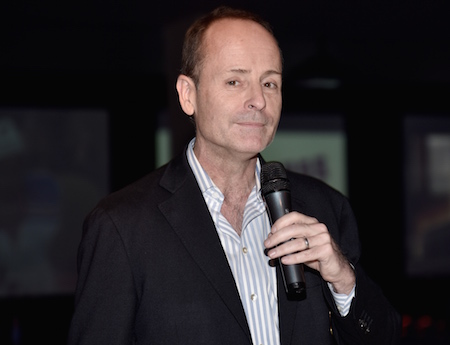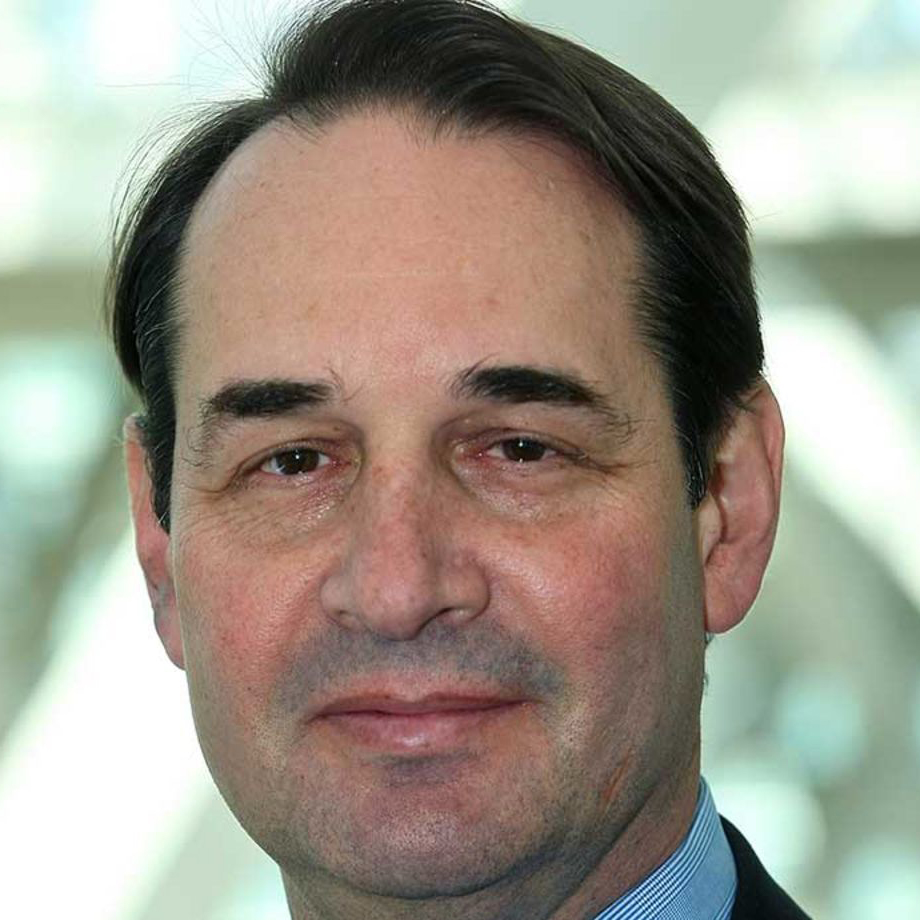INTX 2015: Programmers Must Forge Bonds With Viewers

For programmers, new technology means new opportunities as well as new challenges.
When the growth of streaming services like Netflix cut into ratings and distribution, digital technology also give programmers the ability to have their shows viewed by more people and create direct relationships with viewers, according to a panel of senior executives speaking at the general session at INTX 2015 in Chicago Wednesday.
“We need to get to the consumer,” said John Landgraf, CEO of FX Networks ad FX Productions. Cord cutting is a catchy term, but the behavior is not ubiquitous, he said. The ways in which people consume content shift over time.
Interfaces that encourage people to consume content are becoming more important, said Josh Sapan, CEO of AMC Networks. “When you get a great one, you love it to death ... when consumers have the feeling you can get what you what you want when you want it, you consume even more.”
Showtime parent CBS Corp. has talked about Showtime rolling out a direct-to-consumer over-the-top product. “We’ve spent a good part of the past two years taking about the math of bringing Showtime to the current distribution universe via broadband,” Matt Blank, the Showtime Networks CEO, said. “We think there’s a lot of opportunity out there at the right time with the right players. That’s something we’ll be talking about shortly."
Landgraf noted that the number of broadband-only homes has been growing to the point where it’s important for programmers to reach them. “The symbiotic relationship of cable ad programmers served us well for a long time,” he said. There will be a path that goes through broadbad, with “an evolution of our existing relationships.”
Landgraf said that because FX owns its content, it is able to benefit financially when people watch shows beyond the window that is preserved for multichannel distributors. “Ownership of content turns out to be a terrific business,” he said.
The smarter way to stay on top of broadcasting and cable industry. Sign up below
Streaming and digital consumption has put a strain on advertising revenues. “The fundamental ad model is due for a massive reinvention,” Landgraf said. He said viewers are no longer “willing to give us 15 minutes of their time to watch 45 minutes of our content.”
There is an evolution underway in the ad market, Sapan said. Digital advertising offers precision, but that’s coming to cable because of the data that comes to networks through set top boxes. “The opportunity for being able to sell someone who wants to buy a product are improving dramatically. It will be tremendously more efficient.”
At the same time, Sapan said some shows like AMC’s The Walking Dead and Fox's Empire still attract live viewing, which encourages a sense of community, whether in person or electroically. “There’s a lot of fun when you watch the Super Bowl live, the Academy Awards Live, The Walking Dead and Talking Dead live and tweet about them.”
Blank noted that when Showtime launched Dexter, about a two-thirds of its viewers watched live, with one third delayed. Ten years later, when the show ended those figures were reversed. More importantly, the show's cumulative viewership grew threefold over that period.
Techonogy is also making TV shows less disposable, Landgraf said. “It raised the creative bar. Instead of asking will people watch this on Sunday night, we’re imagining people talking about this show 10 years after its off our air.”
Jon has been business editor of Broadcasting+Cable since 2010. He focuses on revenue-generating activities, including advertising and distribution, as well as executive intrigue and merger and acquisition activity. Just about any story is fair game, if a dollar sign can make its way into the article. Before B+C, Jon covered the industry for TVWeek, Cable World, Electronic Media, Advertising Age and The New York Post. A native New Yorker, Jon is hiding in plain sight in the suburbs of Chicago.

